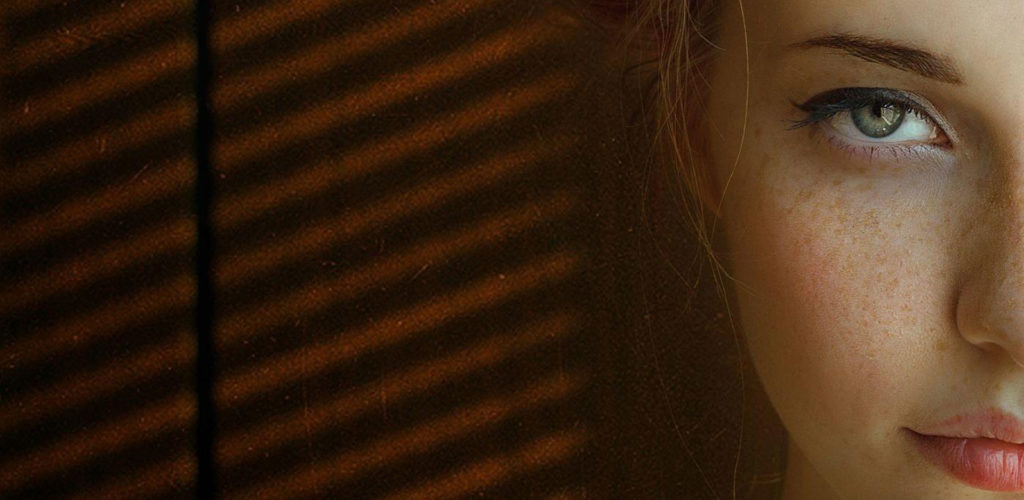- Did you know that between 60% and 90% of people with SAD are women? It’s true. If you are a female between 15 and 55, you are more likely to develop SAD. Great, so not only do women have PMS, Menopause, and child labor to worry about, add SAD to the list, too.
- Even though the harsh chill in the air might bring you down, SAD is believed to relate more to daylight, not the temperature. Some experts believe that a lack of sunlight increases the body’s production of a body chemical called melatonin. Melatonin is what helps regulate sleep and can cause symptoms of depression.
- SAD can be treated. If your symptoms are mild, meaning, if they do not interfere in and completely ruin your daily life, light therapy may help you beat SAD. Using light therapy has shown highly effective. Studies prove that between 50% and 80% of light therapy users have complete remissions of symptoms. However, light therapy must be used for a certain amount of time daily and continue throughout the dark, winter months.
- Some say that light therapy has no side effects, but others disagree. We think it simply depends on the person. Some people experience mild side effects, such as headaches, eyestrain, or nausea. However, these light therapy users say that the side effects are temporary and subside with time or reduced light exposure. Most scientists agree that there are no long-term side effects, but remember to consult your physician before any treatment decisions are made.
- There are some things to consider if you want to try light therapy in your home, otherwise you will not receive all the benefits that this type of therapy offers. When purchasing a light box, do not skimp as far as money is concerned. Buy a larger one so that you will receive enough light to be beneficial. The best time for light therapy is in the early morning. (If used late at night, it could cause insomnia.) So, even if it means waking up earlier, set aside some morning time to relax and use your light box. Many people are not aware of this, but you must have your eyes open and face the light during therapy. Do not stare at the light. That would be silly. Simply face the light, eyes open.
- It takes more than just one winter depression to be diagnosed with SAD. Individuals must meet certain criteria:The symptoms and remission of the systems must have occurred during the last two consecutive years.The seasonal depressive episodes must outnumber the non-seasonal depressive episodes in one’s lifetime.
- SAD can be treated with certain medicationsthat increase serotonin levels in the brain. Such medications include antidepressants, such as Paxil, Prozac, and Zoloft.
- There is actually a device that conducts light therapy and allows you to walk around while treated. The device is called a light visor. Just wear the light visor around your head and complete your daily chores and rituals. A light visor still can potentially have the same side effects as the standard forms of light therapy, so only simple activities, such as watching television, walking, or preparing meals is advised. We do not recommend you operate heavy machinery while wearing a light visor. (You would look pretty silly with it on out in public, anyway.)
- If you have a friend or loved one who suffers from SAD, you can help them tremendously. Try to spend more time with the person, even though they may not seem to want any company. Help them with their treatment plan.Remind them often that summer is only a season away. Tell them that their sad feelings are only temporary, and they will feel better in no time. Go outside and do something together. Take a walk, or exercise. Get them to spend some time outside in the natural sunlight. Just remember to bundle up!
- Although not as common, a second type of seasonal affective disorder known as summer depression can occur in individuals who live in warmer climates. Their depression is related to heat and humidity, rather than light. Winter depression does cause petulance in many cases, but summer depression is known to cause severe violence. So, it could be worse.
There are times in this article, in which I seem a bit blithe. However, please, do not take my somewhat lighthearted approach to SAD the wrong way. SAD is a serious disorder that disrupts the lives of many people, worldwide. It is nothing to laugh at. Sneeze at, perhaps—it is winter, after all. But laugh at? No, not at all.







